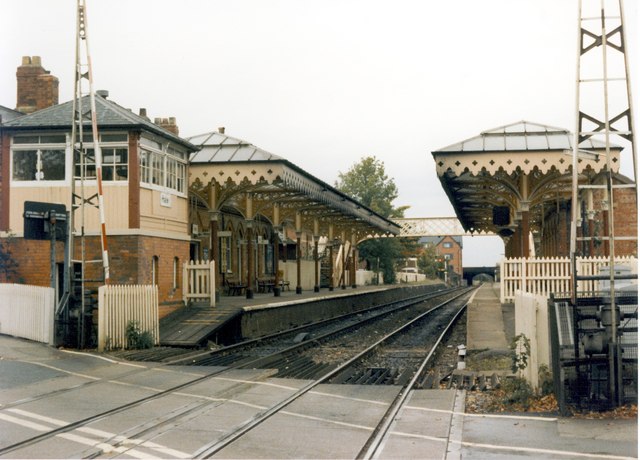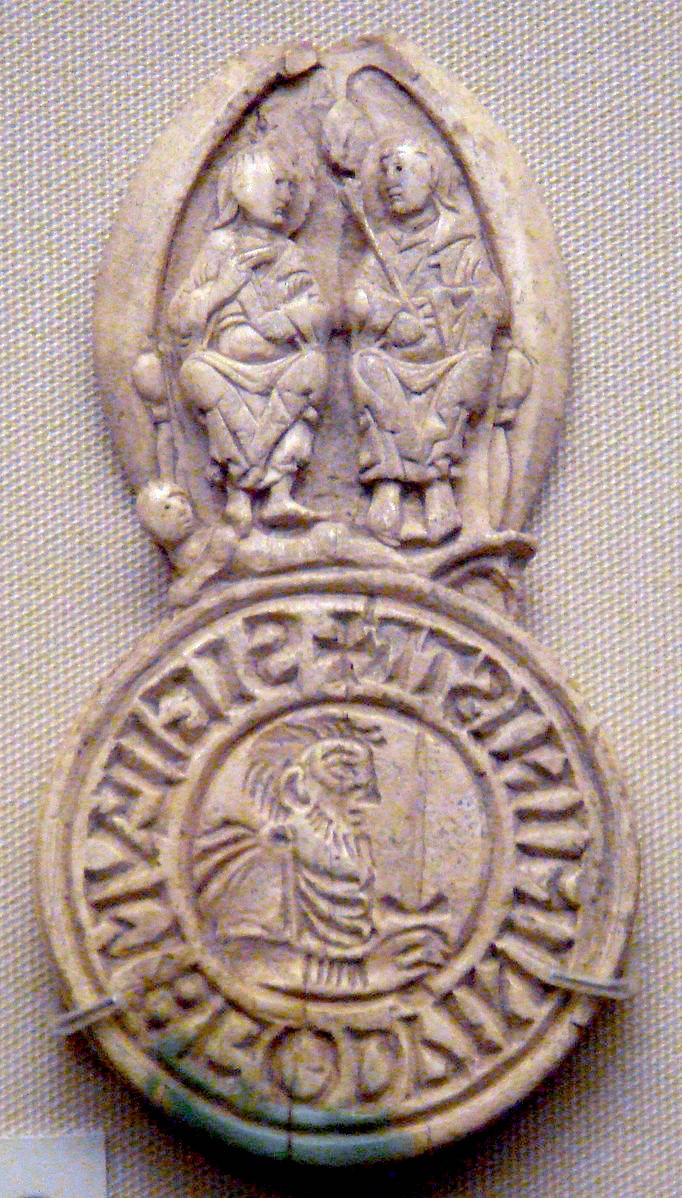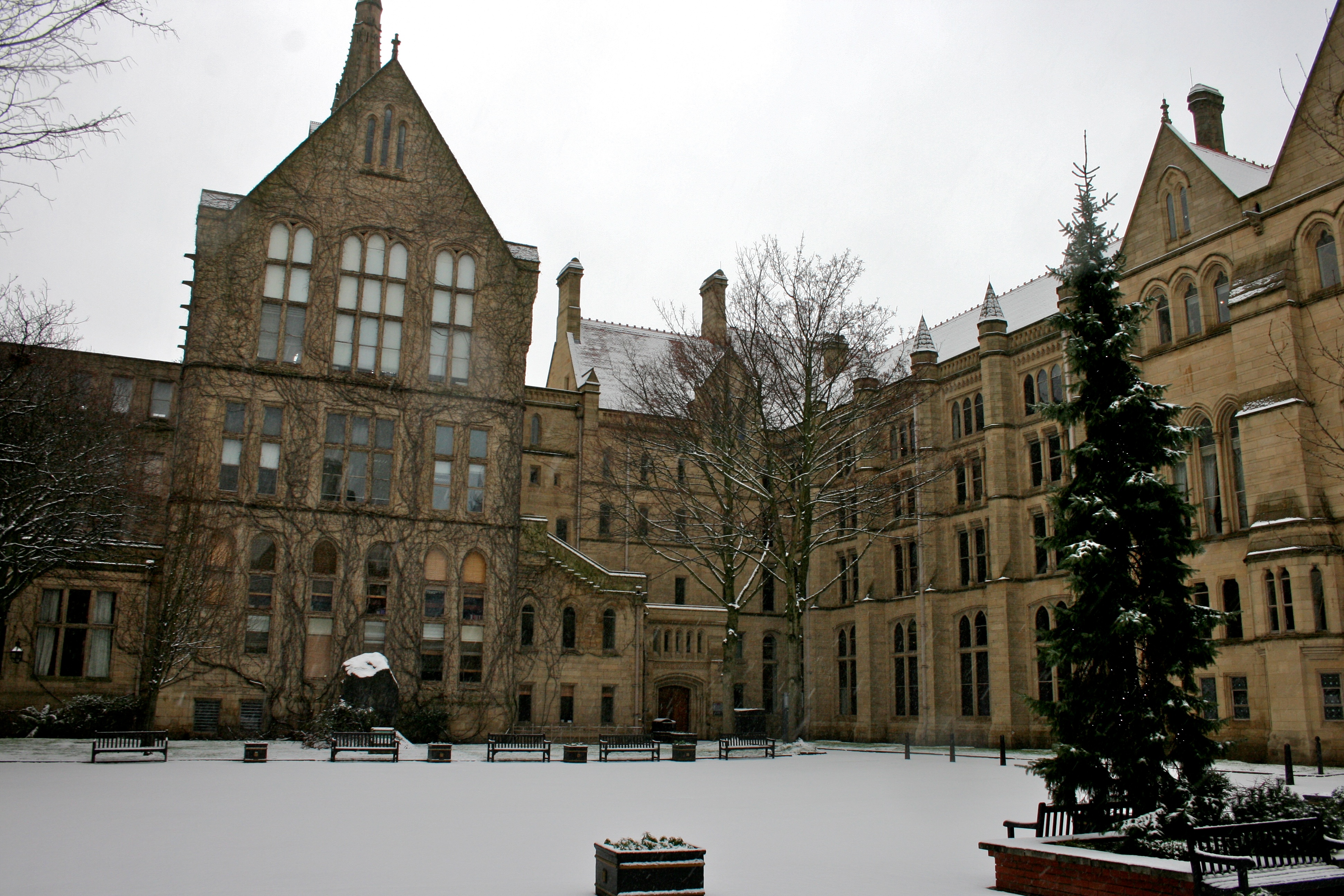|
Hamon De Massey
The first Hamon de Massey was the owner of the manors of Agden, Baguley, Bowdon, Dunham, Hale and Little Bollington after the Norman conquest of England (1066), taking over from the Saxon thegn Aelfward according to Domesday Book. His probable birthplace was La Ferté-Macé or Ferté de La Macé, a recently constructed fortress in Normandy. Hamon was made a baron by Hugh Lupus, by his right as Earl of Chester The Earldom of Chester was one of the most powerful earldoms in medieval England, extending principally over the counties of Cheshire and Flintshire. Since 1301 the title has generally been granted to heirs apparent to the English throne, and ..., from 1071.Thomas Christopher Banks, ''The Dormant and Extinct Baronage of England'' (1807:206): "6. Massey, or Dunham Massey" The name of Hamon de Massey was passed on to his descendants for several generations. There are several different ways of spelling the name, including "de Masci", "de Mace", "de Macei", "de Mascy ... [...More Info...] [...Related Items...] OR: [Wikipedia] [Google] [Baidu] |
Manorialism
Manorialism, also known as the manor system or manorial system, was the method of land ownership (or " tenure") in parts of Europe, notably France and later England, during the Middle Ages. Its defining features included a large, sometimes fortified manor house in which the lord of the manor and his dependents lived and administered a rural estate, and a population of labourers who worked the surrounding land to support themselves and the lord. These labourers fulfilled their obligations with labour time or in-kind produce at first, and later by cash payment as commercial activity increased. Manorialism is sometimes included as part of the feudal system. Manorialism originated in the Roman villa system of the Late Roman Empire, and was widely practiced in medieval western Europe and parts of central Europe. An essential element of feudal society, manorialism was slowly replaced by the advent of a money-based market economy and new forms of agrarian contract. In examining ... [...More Info...] [...Related Items...] OR: [Wikipedia] [Google] [Baidu] |
Agden, Cheshire East
Agden is a civil parish in the Borough of Cheshire East and the ceremonial county of Cheshire, England. It is near High Legh, and about south-west from Manchester City Centre. It is the site of Agden Hall. According to the 2001 census, the population of the civil parish was 142.2001 Census Details. Accessed 15-May-2007. Because the population is so small, it does not have a parish council, instead, relying on a parish meeting
A parish meeting, in England, is ...
[...More Info...] [...Related Items...] OR: [Wikipedia] [Google] [Baidu] |
Baguley
Baguley ( ) is an electoral ward of the city of Manchester in Wythenshawe, England. The population at the 2011 census was 14,794. Baguley is derived from the Old English words Bagca, badger, and Leah, clearing or meadow. Historically in Cheshire, Baguley is mentioned in the Domesday Book of 1086. It was incorporated into Manchester in 1931. History Baguley is recorded in the Doomsday book with 1.5 ploughlands (1 ploughland being the amount of land that can be ploughed by a team of eight oxen.) . In 1086 the tenants in chief were Gilbert (the hunter) and Hamo de Masci . The Barons de Masci also had control over the manors of Dunham, Bowdon, Hale, Partington, and Timperley In the 13th century, the Massey Family (Baron Hamon deMascy) was the main landlord in Northenden, Through marriage, the Massey's land in Baguley passed to the Baguley Family, who built Baguley Hall in the 14th century. Baguley Hall is a 14th-century timber-framed manor house that may have replaced ... [...More Info...] [...Related Items...] OR: [Wikipedia] [Google] [Baidu] |
Bowdon, Greater Manchester
Bowdon is a suburb and electoral ward in the Metropolitan Borough of Trafford, Greater Manchester, England. History Within the boundaries of the historic county of Cheshire, both Bowdon and Dunham Massey are mentioned in the Domesday Book, citing the existence of a church and a mill in Bowdon, and Dunham Massey is identified as ''Doneham: Hamo de Mascy''. The name Bowdon came from Anglo-Saxon ''Boga-dūn'' = "bow (weapon)-hill" or "curved hill". Both areas came under Hamo de Masci in Norman times. His base was a wooden castle at Dunham. Watch Hill Castle was built on the border between Bowdon and Dunham Massey between the Norman Conquest and the 13th century. The timber castle most likely belonged to Hamo de Mascy; the castle had fallen out of use by the 13th century.Watch Hill Castle by Norman Redhead in The last Hamo de Masci died in 1342. The Black Death came to the area in 1348. Before 1494, the ruins of the castle at Dunham were acquired by Sir Robert Booth. In 175 ... [...More Info...] [...Related Items...] OR: [Wikipedia] [Google] [Baidu] |
Dunham Massey
Dunham Massey is a civil parish in the Metropolitan Borough of Trafford, Greater Manchester, England. The parish includes the villages of Sinderland Green, Dunham Woodhouses and Dunham Town, along with Dunham Massey Hall and Park, formerly the home of the last Earl of Stamford and owned by the National Trust since 1976. Dunham Massey is in the historic county of Cheshire, but since 1974 has been part of Trafford Metropolitan Borough; the nearest town is Altrincham. At the 2001 census, the parish had a population of 475. Dunham Massey's history is reflected in its 45 listed buildings. It was a regionally important place during the medieval period, and the seat of the Massey barons. The Georgian mansion with the remains of a castle on its grounds is a popular tourist attraction. There are two Sites of Special Scientific Interest in Dunham Massey: Dunham Park, located south of Dunham Town, and Brookheys Covert. History The Roman road between Chester and York passing between ... [...More Info...] [...Related Items...] OR: [Wikipedia] [Google] [Baidu] |
Hale, Greater Manchester
Hale is a suburb and electoral ward within the Metropolitan Borough of Trafford, in Greater Manchester, England. The population of the village taken at the 2011 Census was 15,315. It is contiguous with the southeast of Altrincham, about southwest of the city of Manchester. Located within the boundaries of the historic county of Cheshire, the earliest documented reference to Hale is in the ''Domesday Book'' of 1086, although the name of the settlement is probably as old as 7th or 8th century. The area was mostly agricultural. Hale grew in the Middle Ages to the point when Hale Barns was established as a separate settlement. Hale was formerly in Cheshire. Hale, Bowdon and Hale Barns together are regarded as the wealthiest areas in Greater Manchester and outside of London, and similarly wealthy to Cheshire Golden Triangle towns Wilmslow, Alderley Edge and Prestbury. These towns and the area between them contain some of the most expensive properties in the United Kingdom out ... [...More Info...] [...Related Items...] OR: [Wikipedia] [Google] [Baidu] |
Little Bollington
Little Bollington is a village and civil parish in the unitary authority of Cheshire East and the ceremonial county of Cheshire, England. The Bridgewater Canal runs through the western side and Dunham Park lies to the north east. The village is about west of Altrincham, and near the boundary with Greater Manchester, which here follows the River Bollin. In the 2001 census the population was 162, increasing to 170 by the 2011 census. In place of a parish council, administration takes place via a parish meeting. History At Fairy Brow in Little Bollington, there is evidence of Bronze Age activity. An archaeological dig by South Trafford Archaeological Group in 1983 uncovered an oval Bronze Age burial pit. In the burial were (unurned) cremated remains of an adult male; the remains were radio carbon dated to 3435 (+/-35) bp. A tanged copper alloy knife dated 2000-1500 BC was with the cremated remains. According to the Domesday survey in 1086, the manor of Little Bollington was h ... [...More Info...] [...Related Items...] OR: [Wikipedia] [Google] [Baidu] |
Norman Conquest Of England
The Norman Conquest (or the Conquest) was the 11th-century invasion and occupation of England by an army made up of thousands of Norman, Breton, Flemish, and French troops, all led by the Duke of Normandy, later styled William the Conqueror. William's claim to the English throne derived from his familial relationship with the childless Anglo-Saxon king Edward the Confessor, who may have encouraged William's hopes for the throne. Edward died in January 1066 and was succeeded by his brother-in-law Harold Godwinson. The Norwegian king Harald Hardrada invaded northern England in September 1066 and was victorious at the Battle of Fulford on 20 September, but Godwinson's army defeated and killed Hardrada at the Battle of Stamford Bridge on 25 September. Three days later on 28 September, William's invasion force of thousands of men and hundreds of ships landed at Pevensey in Sussex in southern England. Harold marched south to oppose him, leaving a significant portion of h ... [...More Info...] [...Related Items...] OR: [Wikipedia] [Google] [Baidu] |
Thegn
In Anglo-Saxon England, thegns were aristocratic landowners of the second rank, below the ealdormen who governed large areas of England. The term was also used in early medieval Scandinavia for a class of retainers. In medieval Scotland, there were local officials known as thanes. Etymology The Old English (, "man, attendant, retainer") is cognate with Old High German and Old Norse ("thane, franklin, freeman, man"). The thegn had a military significance, and its usual Latin translation was , meaning soldier, although was often used. '' An Anglo-Saxon Dictionary'' describes a thegn as "one engaged in a king's or a queen's service, whether in the household or in the country". It adds: "the word ... seems gradually to acquire a technical meaning, ... denoting a class, containing several degrees", but what remained consistent throughout was its association with military service. Origins The precursor of thegn was the ''gesith'', the companion of the king or great ... [...More Info...] [...Related Items...] OR: [Wikipedia] [Google] [Baidu] |
Domesday Book
Domesday Book () – the Middle English spelling of "Doomsday Book" – is a manuscript record of the "Great Survey" of much of England and parts of Wales completed in 1086 by order of King William I, known as William the Conqueror. The manuscript was originally known by the Latin name ''Liber de Wintonia'', meaning "Book of Winchester", where it was originally kept in the royal treasury. The '' Anglo-Saxon Chronicle'' states that in 1085 the king sent his agents to survey every shire in England, to list his holdings and dues owed to him. Written in Medieval Latin, it was highly abbreviated and included some vernacular native terms without Latin equivalents. The survey's main purpose was to record the annual value of every piece of landed property to its lord, and the resources in land, manpower, and livestock from which the value derived. The name "Domesday Book" came into use in the 12th century. Richard FitzNeal wrote in the '' Dialogus de Scaccario'' ( 1179) that the bo ... [...More Info...] [...Related Items...] OR: [Wikipedia] [Google] [Baidu] |
Manchester University
, mottoeng = Knowledge, Wisdom, Humanity , established = 2004 – University of Manchester Predecessor institutions: 1956 – UMIST (as university college; university 1994) 1904 – Victoria University of Manchester 1880 – Victoria University 1851 – Owens College 1824 – Manchester Mechanics' Institute , endowment = £242.2 million (2021) , budget = £1.10 billion (2020–21) , chancellor = Nazir Afzal (from August 2022) , head_label = President and vice-chancellor , head = Nancy Rothwell , academic_staff = 5,150 (2020) , total_staff = 12,920 (2021) , students = 40,485 (2021) , undergrad = () , postgrad = () , city = Manchester , country = England, United Kingdom , campus = Urban and suburban , colours = Manchester Purple Manchester Yellow , free_label = Scarf , free = , website = , logo = UniOfManchesterLogo.svg , affiliations = Universities Research Association Sutton 30 Russell Group EUA N8 Group NWUA ACUUniversities UK The Uni ... [...More Info...] [...Related Items...] OR: [Wikipedia] [Google] [Baidu] |
La Ferté-Macé
LA most frequently refers to Los Angeles, the second largest city in the United States. La, LA, or L.A. may also refer to: Arts and entertainment Music * La (musical note), or A, the sixth note * "L.A.", a song by Elliott Smith on ''Figure 8'' (album) * ''L.A.'' (EP), by Teddy Thompson * '' L.A. (Light Album)'', a Beach Boys album * "L.A." (Neil Young song), 1973 * The La's, an English rock band * L.A. Reid, a prominent music producer * Yung L.A., a rapper * Lady A, an American country music trio * "L.A." (Amy Macdonald song), 2007 * "La", a song by Australian-Israeli singer-songwriter Old Man River Other media * l(a, a poem by E. E. Cummings * La (Tarzan), fictional queen of the lost city of Opar (Tarzan) * '' Lá'', later known as Lá Nua, an Irish language newspaper * La7, an Italian television channel * LucasArts, an American video game developer and publisher * Liber Annuus, academic journal Business, organizations, and government agencies * L.A. Screeni ... [...More Info...] [...Related Items...] OR: [Wikipedia] [Google] [Baidu] |

_2018.png)




